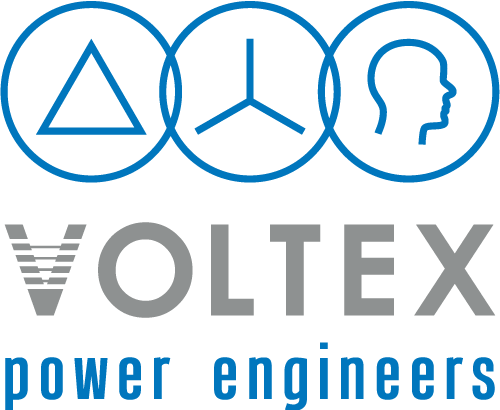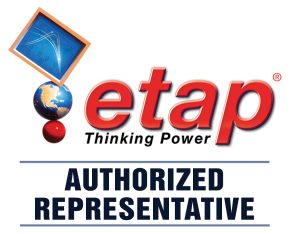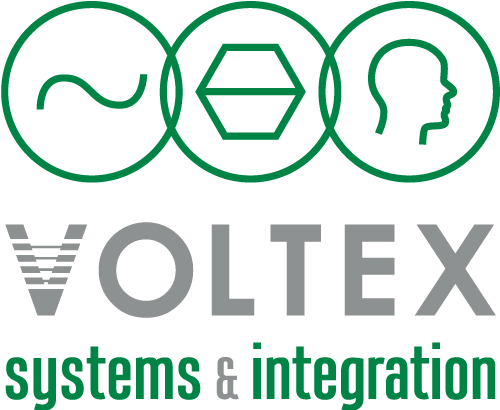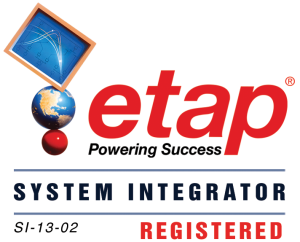Voltex Power Engineers are authorised representatives of ETAP Electrical Power Systems software, which is the most comprehensive analysis platform for the design, simulation, operation, and automation of generation, distribution, and industrial power systems.
Voltex Systems & Integration are also authorised to implement ETAP RealTime Systems for VPE.
ETAP offers a suite of fully integrated Electrical Engineering software solutions including arc flash, load flow, short circuit, transient stability, relay coordination, cable ampacity, optimal power flow, and more. Its modular functionality can be customised to fit the needs of any company, from small to large power systems.
With the additional options of ETAP Real-Time, your electrical digital twin model can be validated, optimised and automated with:
ETAP Enterprise Suite provides one solution to your power system design, analysis, and operation needs. ETAP offers a comprehensive suite of analysis modules that can be configured to suit your specific needs. This modular approach allows you to purchase only the modules you need.
To discuss the many benefits of ETAP, contact us: etap@voltex.com.au
Voltex’ Power & Plant Training conducts regular training seminars on ETAP modules. Click here to view our next ETAP Training Workshop.




eProtectTM is a brand-agnostic Protection Asset Management System from ETAP. Relay manufacturers use proprietary software for parameter setting files. Many plants use multiple brands of relays. As operations change, power systems are modified and so are protection parameters. ETAP eProtectTM provides a single platform with the capacity to read and store settings, and to generate setting files, with increased data quality, improved access management and setting change not
ETAP’s Rail Traction Power software provides railway owners, operators and engineering consultants with a single integrated traction power system design and management system. Using advanced geospatial asset information, eTraXTM allows for the modelling, simulation, prediction and optimisation of rail infrastructure. Key Features: